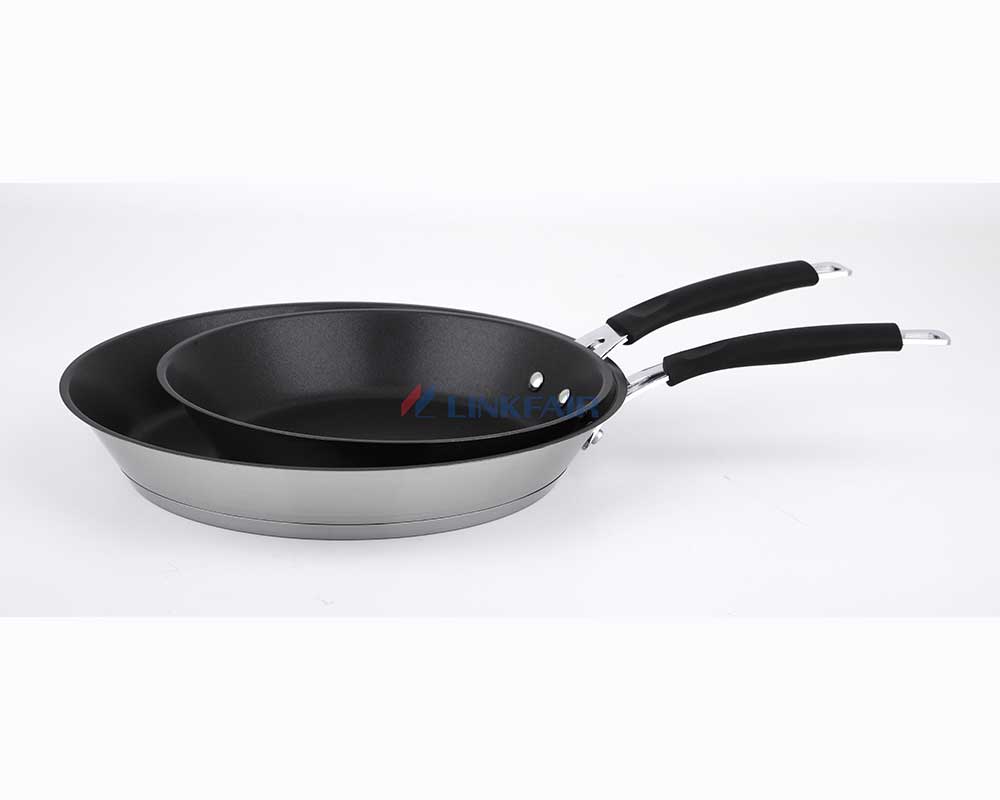
Selecting Your Ideal Nonstick Frying Pan
Nonstick frying pans have become ubiquitous in kitchens around the world, revolutionizing the way we approach cooking. This article delves into the depths of nonstick technology, exploring its origins and the innovations that have shaped these essential kitchen tools.
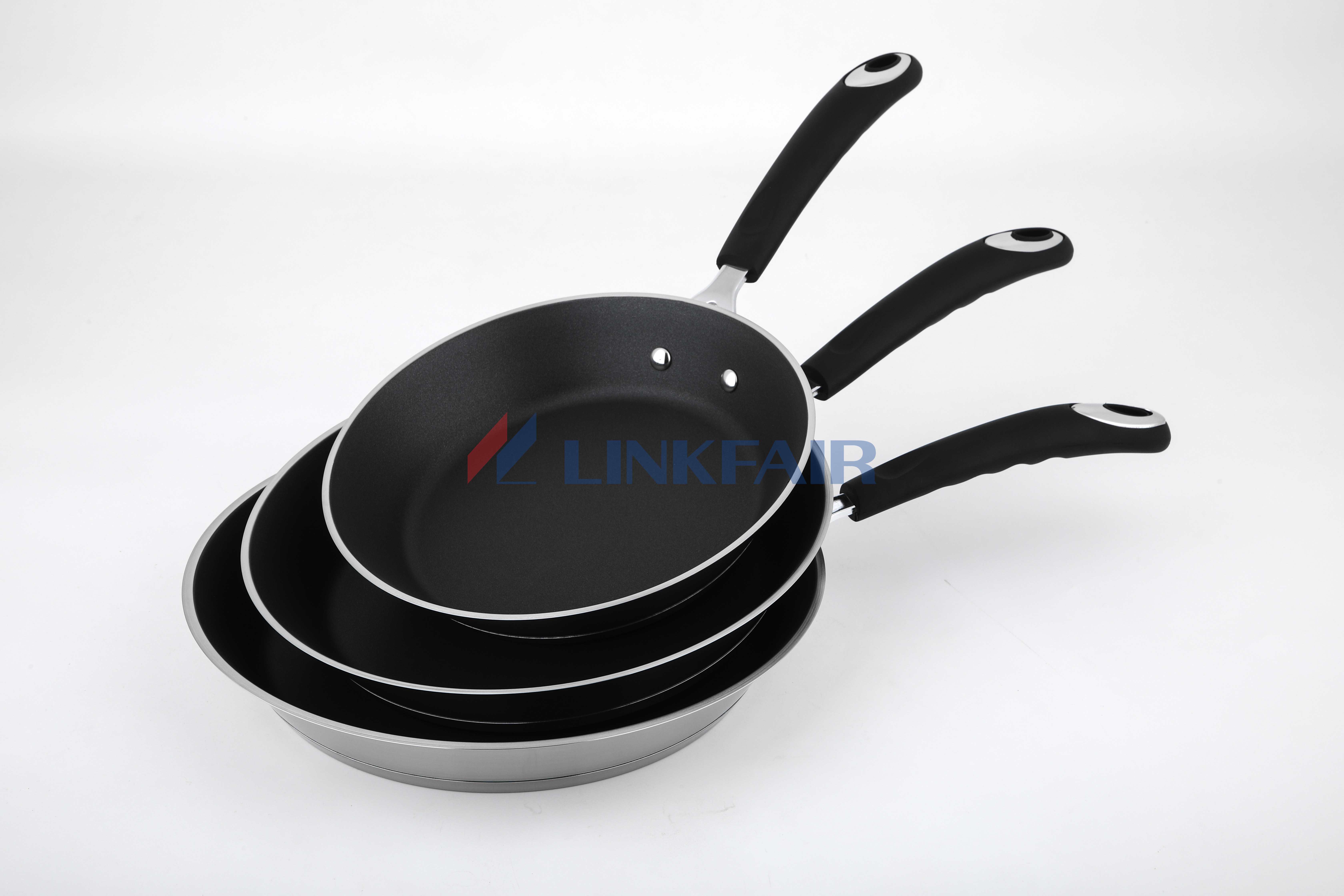
Key Components of a Nonstick Frying Pan
Core Material
Nonstick frying pans boast a variety of core materials, with PTFE-based and ceramic coatings taking the lead. PolyTetraFluoroEthylene (PTFE), commonly known as Teflon, has been a stalwart in nonstick technology. Meanwhile, ceramic coatings, often composed of silica and other inorganic compounds, have emerged as a formidable alternative.PTFE-Based Coating
PTFE, a synthetic fluoropolymer, serves as the cornerstone of many nonstick frying pans. Its nonreactive nature ensures that food particles don't adhere to the surface, facilitating seamless cooking and effortless cleanup. This chemical stability, coupled with its low coefficient of friction, creates a cooking surface that minimizes the need for excessive oil or fats.Ceramic Coatings
On the other end of the spectrum, ceramic coatings provide a more natural and environmentally friendly option. These coatings leverage the inherent nonstick properties of ceramics, offering a durable and scratch-resistant surface. The composition of ceramic coatings often involves multiple layers, enhancing their resilience against wear and tear.Construction and Design
Nonstick frying pans are not one-size-fits-all; their construction and design play pivotal roles in their performance.Multi-Layered Structures
Many high-quality nonstick pans feature a multi-layered construction, incorporating materials like aluminum or stainless steel. This design promotes even heat distribution, reducing the likelihood of hot spots and ensuring that every inch of the pan is conducive to efficient cooking.Impact of Surface Texture
The surface texture of a nonstick frying pan is a crucial factor. Some pans exhibit a smooth finish, while others boast textured surfaces. The choice between the two depends on personal cooking preferences, with textured surfaces often enhancing food searing and browning.Advantages of Nonstick Frying Pans
Culinary Efficiency
Nonstick frying pans offer more than just convenience; they significantly impact the culinary experience.Uniform Heat Distribution
One of the primary advantages of nonstick pans is their ability to distribute heat uniformly. This ensures that your food cooks evenly, preventing the frustration of unevenly cooked dishes. From pancakes to stir-fries, the consistency achieved with a nonstick surface elevates the quality of your culinary creations.Reduced Oil Consumption
The nonstick surface's efficacy in preventing food adhesion translates to a reduced reliance on cooking oils. This not only caters to health-conscious individuals but also allows the natural flavors of the ingredients to shine through without being overshadowed by excessive fats.Maintenance and Longevity
Cleaning Tips
Proper maintenance is key to prolonging the lifespan of a nonstick frying pan.Cleaning Tips
Contrary to popular belief, caring for a nonstick pan doesn't require elaborate rituals. Gentle handwashing with a soft sponge and mild detergent is usually sufficient. Avoid abrasive cleaning tools and harsh chemicals that may compromise the integrity of the nonstick coating.Lifespan Considerations
While nonstick pans offer convenience, it's essential to acknowledge their finite lifespan. Over time, the nonstick coating may wear down, affecting its performance. Understanding this, periodic assessment and, if necessary, replacement become integral to maintaining optimal functionality.
Choosing the Right Nonstick Frying Pan
Cookware Size and Compatibility
Selecting the right size and type of nonstick frying pan is a nuanced decision.Matching Size to Stovetop
Consider the dimensions of your stovetop and choose a nonstick pan that complements it. An oversized pan may lead to uneven cooking, while a smaller one might restrict your culinary aspirations. Finding the right balance ensures an efficient cooking experience.Considering Different Cooking Styles
Your preferred cooking styles should also influence your choice of nonstick pan. From sautéing to flipping pancakes, different pans cater to various techniques. Assess your cooking habits and select a pan that aligns seamlessly with your culinary repertoire.Safety Features
Nonstick pans have come a long way in terms of safety, but considerations remain.Heat Resistance
Evaluate the heat resistance of the chosen nonstick pan. Some pans excel at high-temperature cooking, while others may be more suitable for moderate heat. Understanding these limits safeguards against potential hazards and ensures the longevity of your cookware.PFOA-Free Options
Perfluorooctanoic acid (PFOA) has been a concern in nonstick cookware. Opting for PFOA-free options alleviates this worry, providing a safer cooking experience without compromising on the nonstick efficiency.Conclusion
The world of nonstick frying pans is a realm of innovation, offering a blend of technology, design, and culinary prowess. Understanding the intricacies of these kitchen essentials empowers individuals to make informed choices that enhance their cooking adventures. So, the next time you embark on a culinary journey, let a well-chosen nonstick frying pan be your trusted companion in the kitchen.

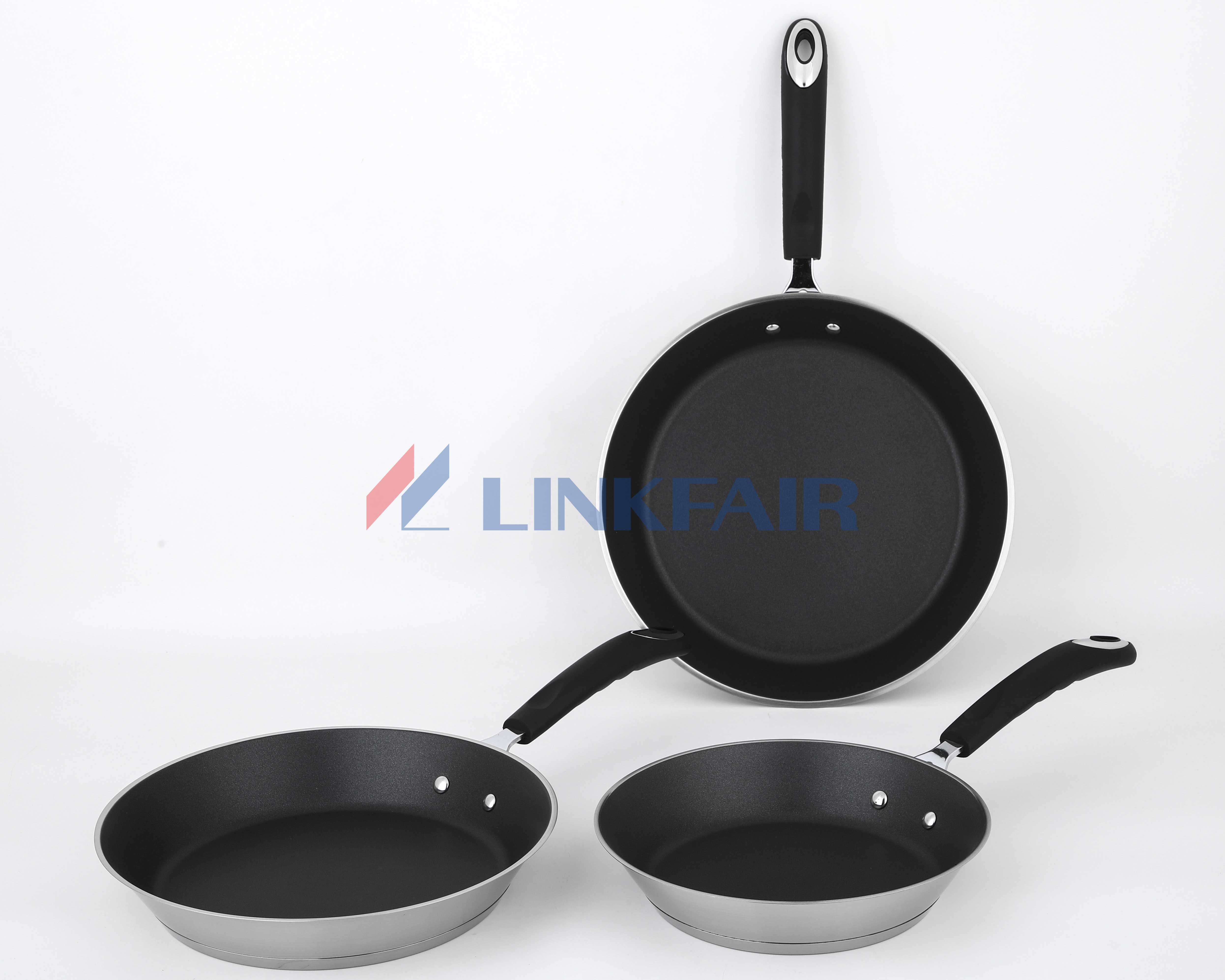
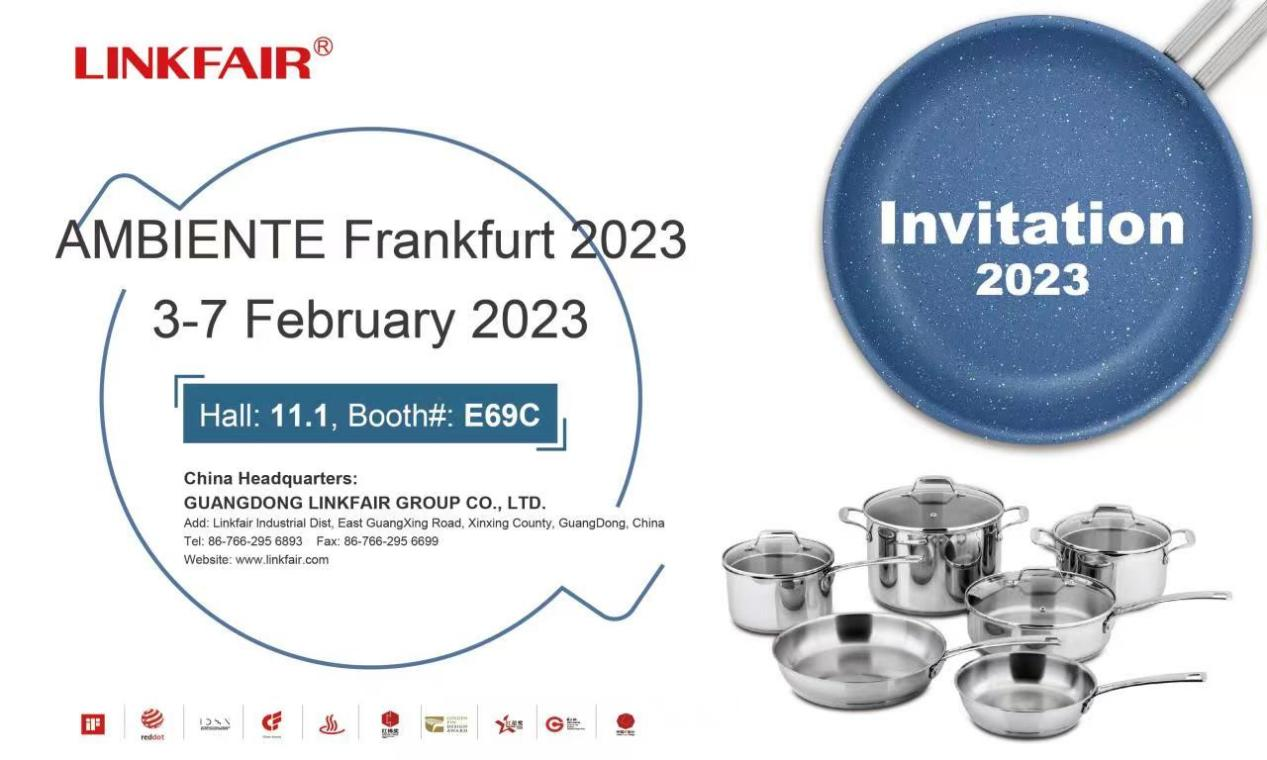
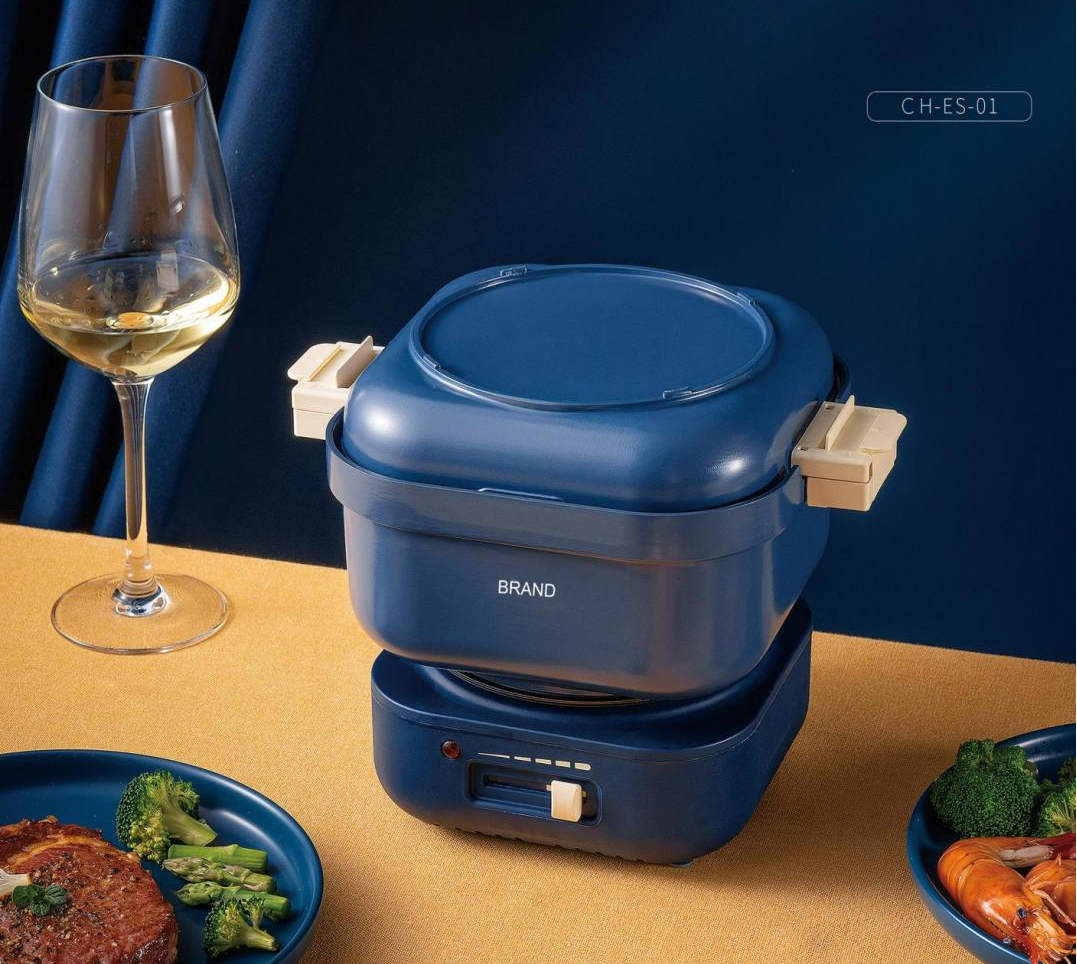


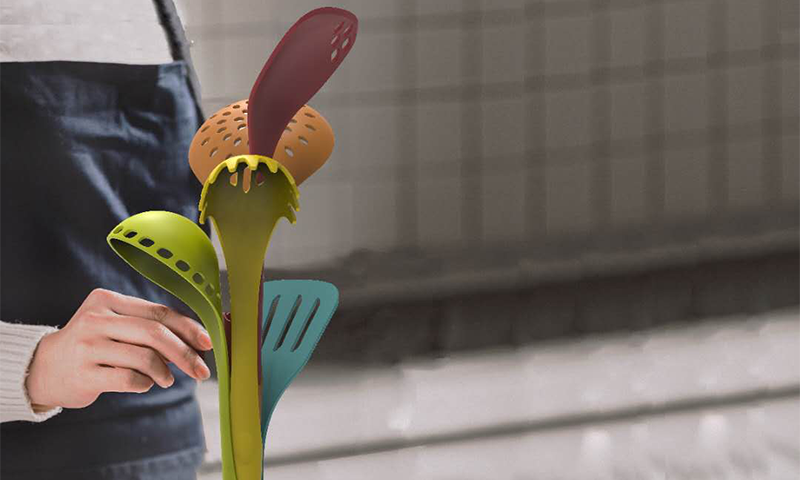
Leave a comment